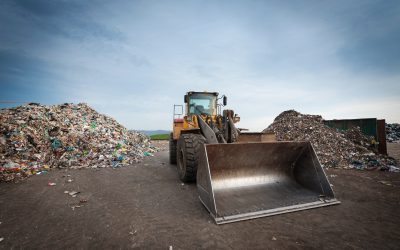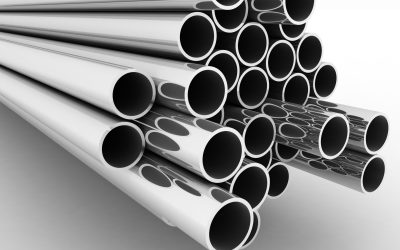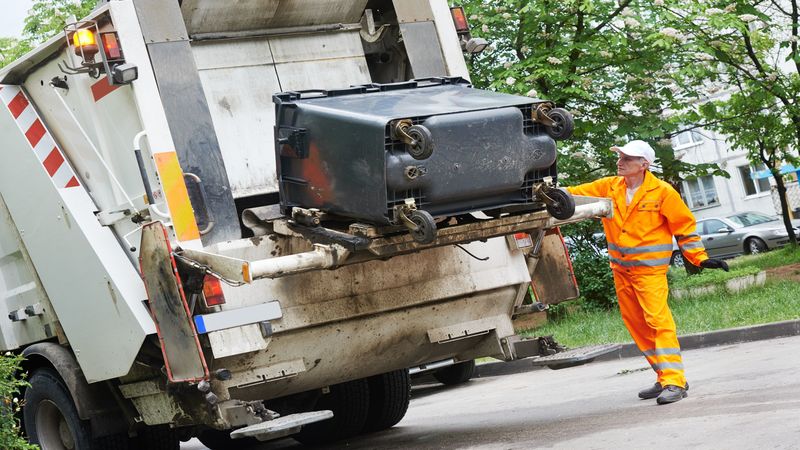The combination of grease and oil with water is never a good option. In restaurants, food production, and even in some types of industrial applications, oil or grease, and water is mixed as a part of the process.
While it may be in liquid form during the process due to the heat, once the mixture of oil, grease, and water enters the sewer system, it separates and solidifies quickly, which results in wastewater system blockages. To address this issue, restaurants and other businesses with this type of wastewater issue are required to install grease traps.
The Purpose of the Grease Trap
The grease trap is really a container in the drainage line before it reaches the main sewer line. The trap is a passive system element, and it provides a holding space for the liquid waste to cool, allowing the lighter oil and grease to solidify and float tot eh top while the water, free from the oil and grease, continues on to the sewer system.
These traps can be inside or outside, but they have to be maintained to prevent bad odors and drainage problems. Most restaurants schedule regular a grease trap disposal service to manage this job on a regular basis.
The Importance of Correct Grease Trap Disposal
It is important to note that professional grease trap disposal services are required based on the volume of grease waste produced in the facility. By using these licensed and approved services, restaurants and businesses can avoid costly fines and violations of local and state regulations, which could have significant consequences for their business.
There are some products on the market that are marketed to help to keep grease traps clean, but these products do not remove grease, they simply keep it in a liquefied state. Some types of products are hybrid bacteria solutions that partially digest the grease, but both of these types of “degreasing” products are often prohibited as they can cause blockages in sewer systems and imbalances in municipal water treatment facilities.


